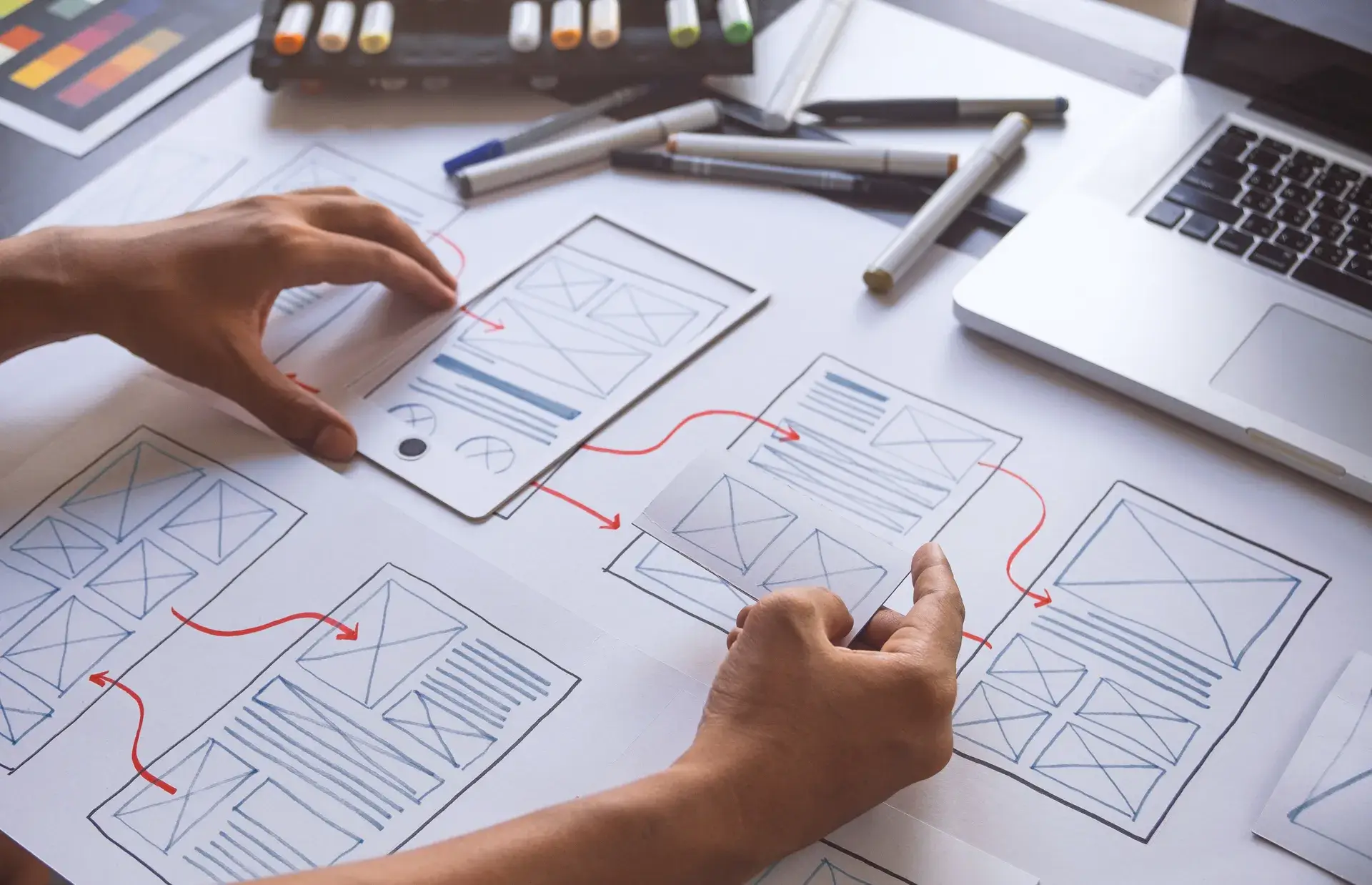In today's digital age, a robust online presence is crucial for any business, especially e-commerce establishments. This comprehensive guide explores the intersection of web design and e-commerce, focusing on how strategic design can enhance user experience, improve conversion rates, and ultimately lead to business success.
The Importance of Web Design in E-commerce
Web design plays a pivotal role in e-commerce as it directly influences how potential customers perceive a brand. Effective design not only attracts visitors but also guides them through the buying process. Here are some key reasons why web design is critical for e-commerce:
- User Experience: A well-designed website ensures that customers can easily navigate, find products, and complete purchases.
- Trust and Credibility: A professional-looking site fosters trust, encouraging visitors to make purchases.
- Brand Identity: Consistent design elements reinforce brand identity and make the site memorable.
Key Elements of Effective E-commerce Web Design
To create a successful e-commerce website, focus on the following essential elements:
1. Responsive Design
In an age where mobile browsing is prevalent, having a responsive design is non-negotiable. Your site must adapt to various screen sizes, ensuring a smooth shopping experience on any device.
2. Intuitive Navigation
Visitors should be able to find what they are looking for without any hassle. Implement structured menus, categories, and filters to streamline navigation.
3. High-Quality Images
Product images are crucial for online sales. Use high-resolution images and provide multiple angles, zoom options, and videos to give customers a clear understanding of what they are purchasing.
4. Clear Calls to Action (CTAs)
Effective CTAs guide users towards desired actions, such as adding to cart or completing a purchase. Make them prominent and compelling.
5. Secure Payment Options
Ensure your site offers a variety of secure payment options, including credit cards, PayPal, and other digital wallets. Display security badges to enhance trust.
Implementing E-commerce Features
Beyond the basic design elements, integrate features that enrich the shopping experience:
- Shopping Cart: Allow users to add products easily and review their selections before purchasing.
- Search Functionality: Include a robust search bar with autofill and suggestions to help customers find items quickly.
- Wishlist: Enable customers to save items for later to encourage future purchases.
Measuring Success
After launching your e-commerce website, monitor its performance using analytics tools. Key performance indicators (KPIs) to watch include:
- Conversion rates
- Average order value
- Abandonment rates
- Customer satisfaction scores
These metrics will help you understand how effectively your design drives sales and where improvements can be made.
Conclusion
Combining web design with e-commerce functionality is essential for creating an engaging online shopping experience. By focusing on user experience, intuitive navigation, and integrating essential e-commerce features, businesses can boost their online presence and drive sales. At Prebo Digital, we specialize in crafting e-commerce websites that not only look great but also convert visitors into loyal customers. Ready to elevate your online shop? Contact us today!














